Pakistan’s digital sector faces critical challenges, ADB report finds
5G remains on hold in Pakistan as other nations push forward with commercial launches
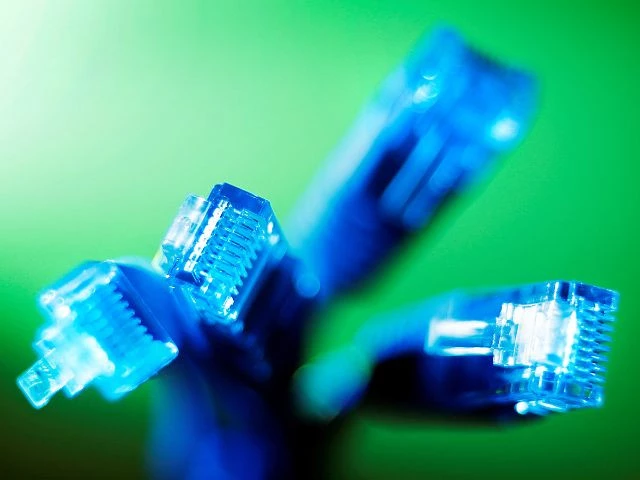
The Asian Development Bank (ADB) has released a new report analysing Pakistan’s digital ecosystem, revealing significant structural challenges and persistent gaps in digital infrastructure and adoption.
The report aims to provide a comprehensive overview of the country’s digital development to help policymakers and stakeholders make informed decisions. It concludes that Pakistan is falling considerably behind other nations in advancing digital connectivity and modernising its telecom sector.
According to the report, Pakistan lags many countries in the promotion of 4G technology and has yet to roll out 5G services. It also remains one of the most heavily taxed telecom markets in the region, discouraging both investment and user affordability.
While Pakistan’s telecom sector is currently valued at $4.52 billion, it is projected to grow to $5.32 billion by 2029. However, that growth is threatened by a lack of fibre-optic expansion and minimal investment in digital networks, largely due to political instability and policy delays over the past five years.
One of the report’s most concerning findings is Pakistan’s continued delay in auctioning 5G spectrum, while 101 countries globally have already launched commercial 5G services. The government has also made no expenditures on 3G spectrum, highlighting further stagnation in network development.
The ADB notes that Pakistan’s digital economy contributes just 1.5% to GDP, far below its potential. Fixed broadband penetration remains alarmingly low at 1.3%, one of the lowest rates in the region.
The report also draws attention to stark disparities in digital access, particularly for women and low-income groups. While 80% of the population is covered by mobile internet networks, actual usage is limited. Mobile phone ownership stands at 86% for men and 53% for women, with internet access reaching only 53% of men and 33% of women.
Affordability remains a key barrier, especially for women and economically marginalised communities. The cost of internet-enabled devices continues to hinder digital participation, particularly in rural areas.
The ADB calls for urgent policy reform, greater investment in fibre-optic infrastructure, and targeted inclusion strategies to ensure that Pakistan’s digital transformation does not leave millions behind.



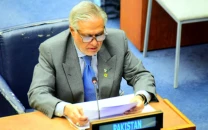






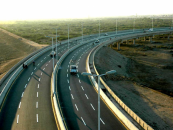

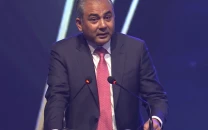



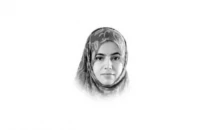




COMMENTS
Comments are moderated and generally will be posted if they are on-topic and not abusive.
For more information, please see our Comments FAQ